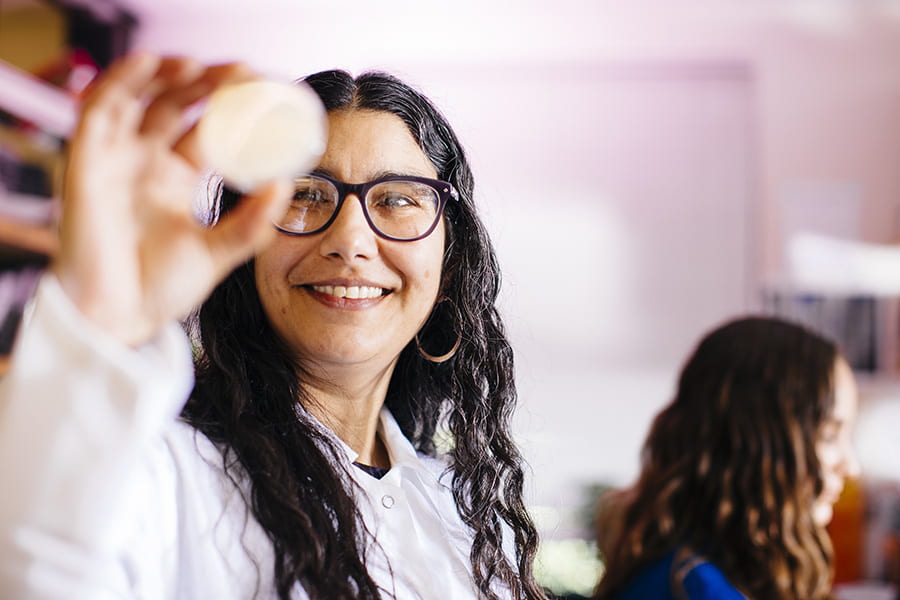Rhythmically trained sea lion returns for an encore—and performs as well as humans
Animal research on biomusicality, which looks at whether different species are capable of behaving in ways that show they recognize aspects of music, including rhythm and beat, remains a tantalizing field at the intersection of biology and psychology. Now, the highly trained California sea lion at UC Santa Cruz who achieved global fame for her ability to bob her head to a beat is finally back: starring in a new study that shows her rhythm is just as precise—if not better—than humans.












